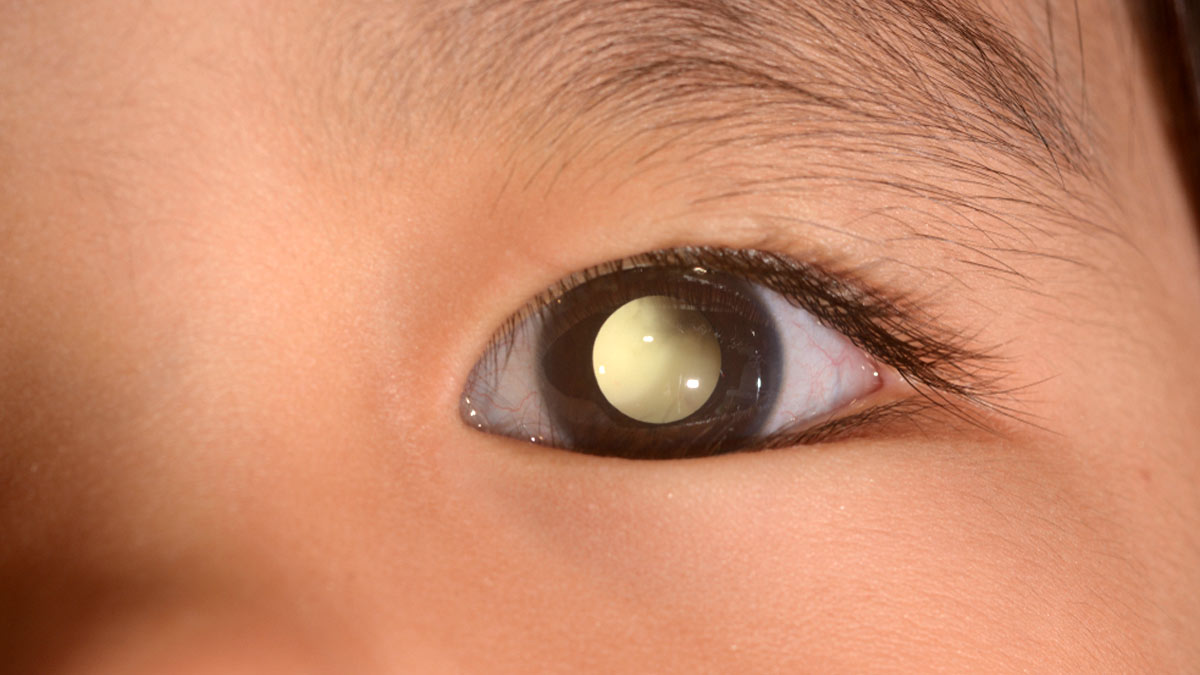
Retinoblastoma is rapidly becoming more common in Indian children. It is a rare form of cancer that progresses from the eye to the brain and eventually to the entire body. It is often caused by delayed diagnosis and misunderstandings of the symptoms, which finally leaves patients with no options for therapy. To learn more about this condition, we spoke to Dr Ajay Sharma, Ophthalmologist and Chief Medical Director - EyeQ.
Table of Content:-
According to the American Academy of Ophthalmology, retinoblastoma is the prevailing malignant tumour that affects children within the eye. The estimated occurrence of this condition varies across countries, ranging from 3.4 to 42.6 cases per million live births.
Prevalence in India
Among all countries, India reports the highest incidence of retinoblastoma, with approximately 2000 cases per year, as per the Lancet Global Health report.
Factors Causing Retinoblastoma
Dr Sharma said, "Retinoblastoma typically affects youngsters under the age of five." He said that both genetic and non-genetic factors may contribute to this. "Indian parents bring their kids to the doctor just after noticing anything significant in their kids' eyes, which is a concern and happens due to their lack of awareness," he added.

Also Read: What Is Your Eye Telling You? Expert Explains Eye Twitching, Its Causes And How To Stop It
Dr Sharma said, "The occurrence of retinoblastoma is triggered by genetic mutations that develop within the nerve cells of the retina." He explained that when healthy cells would die due to these mutations, the cells continue to grow and divide. Thus, a tumour is developed by the cells' growing bulk.
"The eye and adjacent structures can be further invaded by retinoblastoma cells. The brain and spine are two other bodily parts where retinoblastoma can metastasise," he added.
"It is unclear what causes the genetic mutation that produces retinoblastoma in the majority of cases. However, a genetic mutation can be passed down to offspring from parents," said the doctor.
Symptoms of Retinoblastoma
As per Dr Sharma, "The majority of patients with retinoblastoma are newborns and young children and therefore symptoms are uncommon."

However, you may observe the following signs:
When light is shining on the pupil, such as when a person takes a picture of a young child using a flash, the pupil turns white.
Other symptoms include:
- Eyes that seem to be gazing in many directions
- Bad vision
- Redness in the eye
- Swelling in the eye
Treatment of Retinoblastoma
"The only effective treatments for the disease are surgery, laser surgery, and chemotherapy. The current state of affairs prevents patients from having their eyesight saved following surgery, but research is being done to change that," said the doctor. He added that in many cases, doctors struggle to preserve eyesight, which is severely compromised by the condition.
Also Read: Dry Eye After LASIK Surgery? Expert Explains How To Manage The Condition
"Even though India has made some of the best medical advancements in treating eye cancer, a major problem with Indians who have retinoblastoma is that they seek medical attention very late in the disease," said Dr Sharma.
When To Visit a Doctor
Dr Sharma suggested, "Every patient should seek retinoblastoma testing if they have a white spot on the eye, squint eye, or any form of shine in the eyeballs."
If you observe any changes in your child's eyes that worry you, schedule a visit with their doctor.
"Since retinoblastoma is rare cancer, your child's doctor could start by checking for other, more typical eye conditions. If you want to have children and your family has a history of retinoblastoma, talk to your doctor about it," suggested Dr Sharma.
[Disclaimer: The information in this article is provided by a registered medical practitioner. However, we recommend you consult your healthcare provider for a thorough diagnosis and treatment.]
Image Credits: Shutterstock, freepik
Also watch this video
How we keep this article up to date:
We work with experts and keep a close eye on the latest in health and wellness. Whenever there is a new research or helpful information, we update our articles with accurate and useful advice.
Current Version